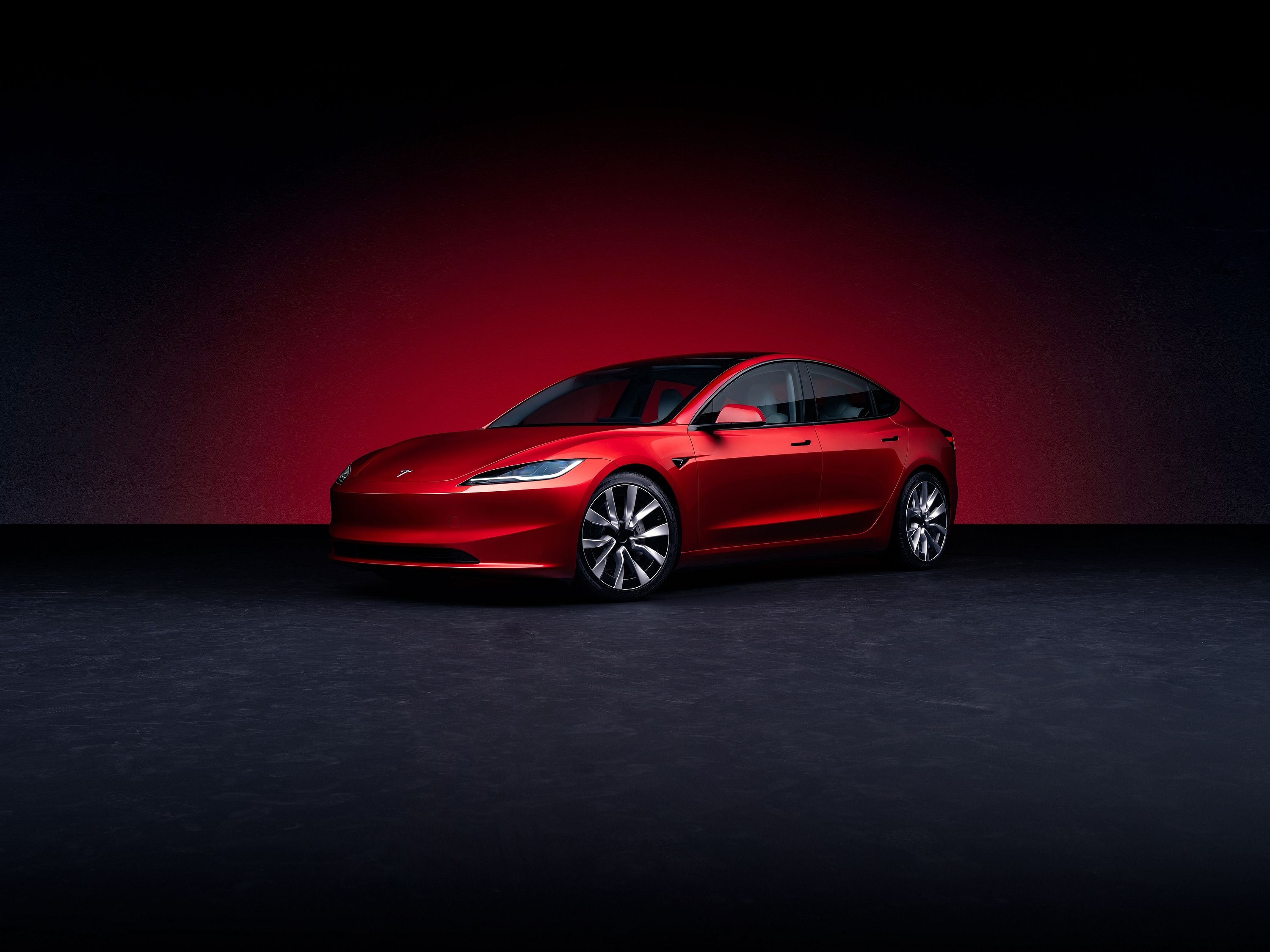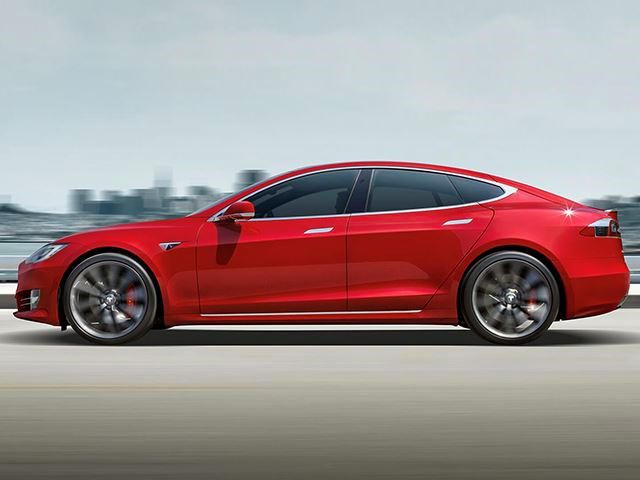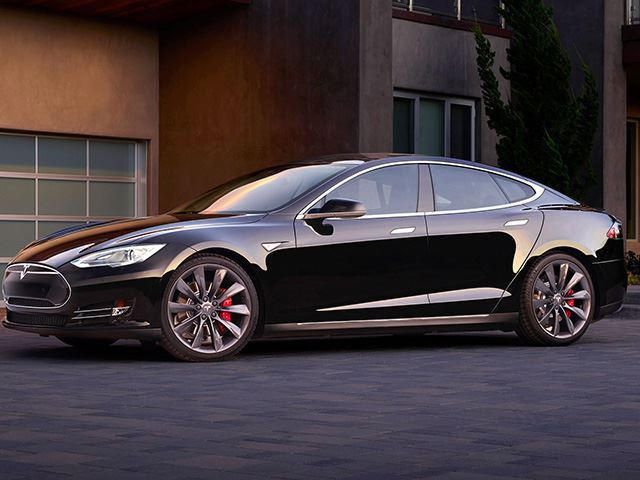
Twitter was once again used as the medium to convey essential news about Tesla and its plans for the future. However, Tesla CEO Elon Musk wasn't the one twiddling his thumbs this time around. Instead it was Nevada governor Brian Sandoval, the head of the state where Tesla chose to build its massive Gigafactory. As we now know, this will do a whole lot more than simply build big batteries for its electric cars and solar home battery backup venture.
"Pleased to announce that @TeslaMotors will expand its investment in #NV by producing electric motors & gearboxes at #Gigafactory #nvsots," read Governor Sandoval's tweet. What this tell us, aside from the obvious fact that Gigafactory workers will now have an added layer of responsibility, is that Tesla will utilize its massive production facility to answer the question that's currently plaguing all Tesla fans, namely, how on Earth does Musk expect to fill over 300,000 Model 3 preorders? By utilizing the Gigafactory for crucial components, Musk is freeing up space at his Fremont, California production facility to build other parts of the Model 3.
The fact that Musk plans to continue to use American production facilities to make his cars should help Tesla skirt President-elect Donald Trump's wrath against automakers that send labor demands south of the border, especially since the shift is set to create 550 jobs in Nevada. News of the shift comes as Tesla published a blog post on its site detailing how it will finalize a move to monetize its Supercharger network, currently the most comprehensive network of electric car charging stations in the nation. Teslas that are ordered prior to January 15 2017 and delivered no later than April 15 2017 are eligible for free charging, a perk which follows the vehicle for its entire life.
While this may help drive up prices of used Teslas purchased before the free charging cutoff, it's not like owners of newer Teslas will be paying much more for juice. Musk has previously said that charging owners for use of the Supercharger network is intended as an incentive to get them to charge at home so they stop taking advantage of the free service by camping out at a charging spot and using it in lieu of parking. The revenue will be used for the expansion of the network rather than as a profit-generating venture. While this announcement comes during a relatively quiet period for the typically vocal company, all signs point to Tesla being in the middle of a fit of activity in order to gear itself up for Model 3 production.


